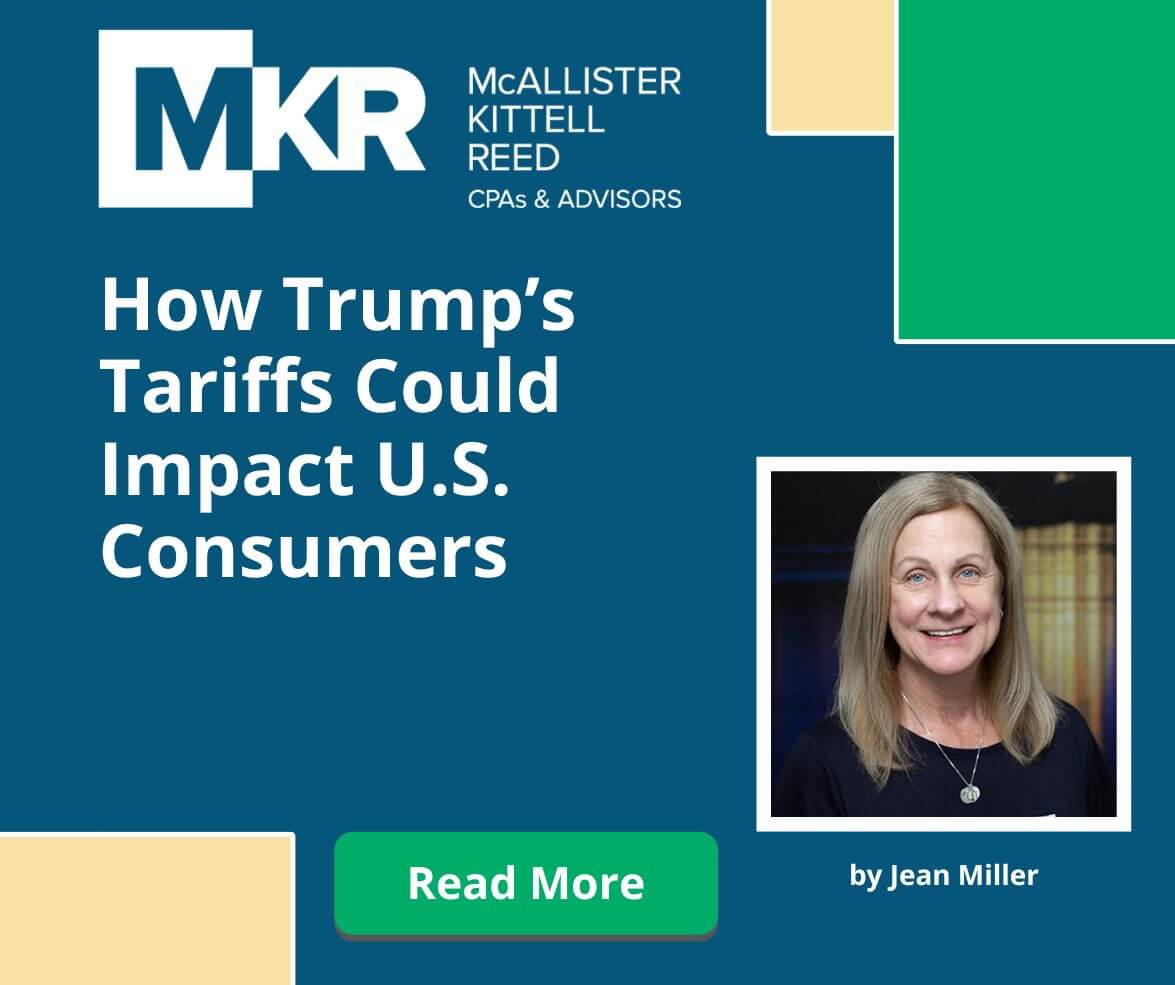If you're self-employed or earn income without tax withholding, you’re likely required to pay quarterly estimated taxes. Missing these payments can result in penalties and interest charges from the IRS, but don’t panic—you have options to correct the situation and...










